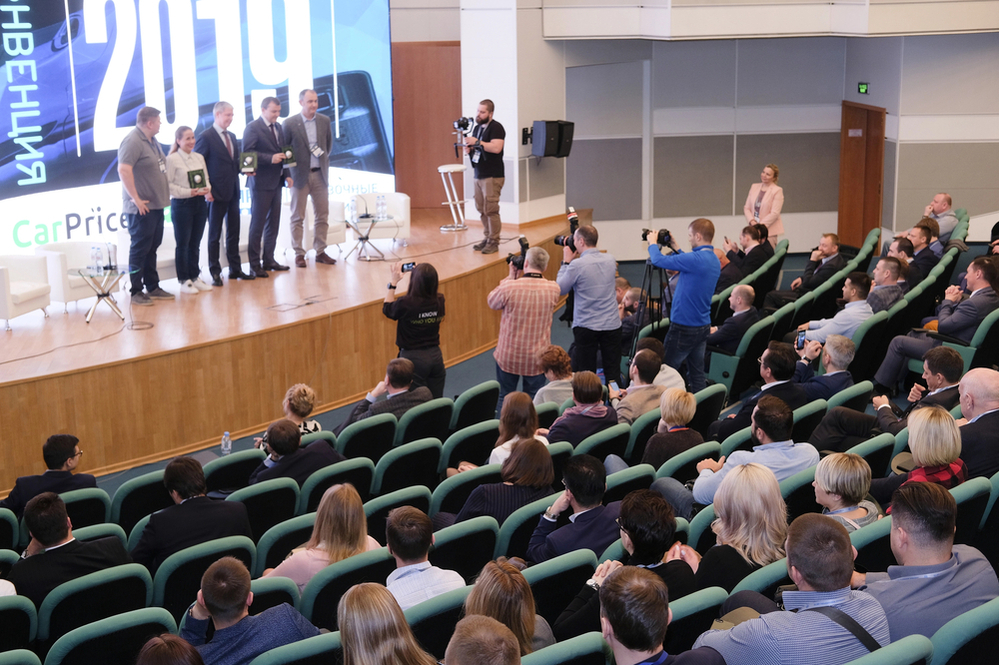Essential Strategies for Maximizing the Lifespan of The LED Display
Wiki Article
Light Emitting Diode screens are becoming progressively popular for various applications, from marketing to entertainment. To ensure that these screens function effectively over time, it is essential to implement strategies that maximize their durability. Understanding the factors that influence the longevity of LED walls can assist users maintain their performance and avoid unneeded substitutions.
One of the primary elements that can extend the durability of an LED screen is appropriate installation. It is crucial to have a skilled crew handle the installation procedure to guarantee all components are correctly attached. Inadequate installation can lead to power issues or physical damage. Additionally, the placement of the Light Emitting Diode screen should consider surrounding factors such as sunlight exposure and humidity levels. A properly set up display in a suitable site will reduce the chance of damage caused by external elements.

Routine upkeep is a further key strategy to extend the lifespan of an LED screen. This entails regular checks to check for any signs of deterioration or failure. Dust and dirt can accumulate on the top of the Light Emitting Diode panels, affecting luminosity and hue quality. Wiping the screens with suitable cleaners will assist maintain optimal visibility. It is also important to check the components behind the display, making sure that all links are tight and that there are no heat issues, which can greatly shorten the lifespan of the components.
Electrical control plays a vital role in improving the longevity of an LED screen. Excess voltage or unstable electricity supply can harm the inner circuitry. To prevent this, using a high-quality power supply and implementing surge protection strategies is recommended. Additionally, adjusting the screen to operate at lower brightness levels when high luminosity is not required can lessen stress on the lights. This not only extends the lifespan of the wall but also saves energy, making it a cost-effective choice.
Furthermore, software management can influence the performance of LED walls. Consistently refreshing the program that controls the display guarantees that it runs efficiently and incorporates any essential security patches. Outdated software can lead to performance issues and may put the setup to risks. Proper timing of content can also assist with overseeing the demand of the screen, permitting it to rest during non-peak hours, which can contribute to a longer lifespan.
In summary, maximizing the lifespan of an Light Emitting Diode wall involves a combination of appropriate setup, regular maintenance, efficient power management, and why not look here diligent program management. By concentrating on these essential tactics, operators can ensure that their LED screens stay functional and visually appealing for numerous years. Taking preventive steps will not only improve the functionality of the Light Emitting Diode screen but also offer a better yield on investment over the years.